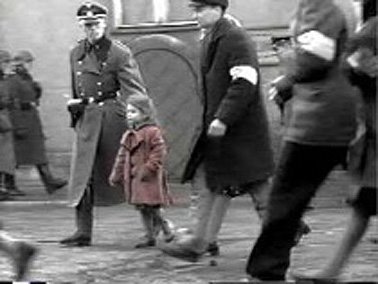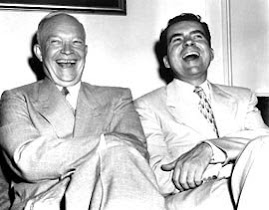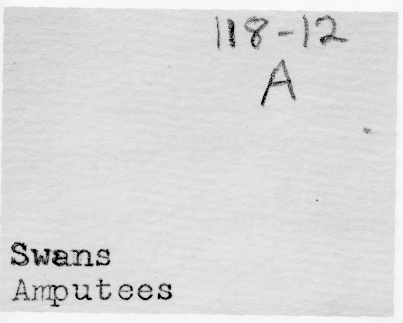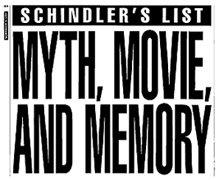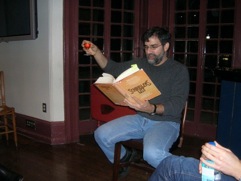 American Poetry after 1975
American Poetry after 1975Duke University Press
a special issue of boundary 2
(Volume 36, Number 3, Fall 2009)
Paperback - $14.00
0-8223-6719-X
[ISBN13 978-0-8223-6719-2]
225 pages
It's entirely on-line via University of Pennsylvania library e-resources under "boundary 2 / Duke University Press Journals":
http://proxy.library.upenn.edu:3262/current.dtl
The Duke University Press page for the book: link.
Contents:
Charles Bernstein / American Poetry After 1975: Editor’s Note / 1
Jim Rosenberg / Bios / The Logosphere / The Finite-Made Evolver Space /3
Peter Gizzi / Eclogues / 9
Christian Bök / Two Dots Over a Vowel / 11
Lytle Shaw / Docents of Discourse: The Logic of Dispersed Sites / 25
Tracie Morris / Rakim’s Performativity / 49
Jennifer Scappettone / Versus Seamlessness: Architectonics of
Pseudocomplicity in
Tan Lin’s Ambient Poetics / 63
Craig Dworkin / Hypermnesia / 77
Jonathan Skinner / Poetry Animal / 97
Herman Rapaport / A Liquid Hand Blossoms / 105
Kenneth Goldsmith / In Barry Bonds I See the Future of Poetry / 121
Joyelle McSweeney / Disabled Texts and the Threat of Hannah Weiner / 123
Brian Reed / Grammar Trouble / 133
Juliana Spahr / The ’90s / 159
Al Filreis / The Stevens Wars / 183
Nada Gordon / Not Ideas about the Bling but the Bling Itself / 203
Marjorie Perloff / “The Rattle of Statistical Traffic”: Citation and
Found Text in Susan
Howe’s The Midnight / 205
Elizabeth Willis / Lyric Dissent / 229
Tan Lin / SOFT INDEX (OF repeating PLACES, PEOPLE, AND WORKS) / 235
Benjamin Friedlander / After Petrarch (In the Rigging) / 241
- - -
The abstract of my essay:
The Stevens Wars
Al Filreis
What reputation and influence has Wallace Stevens had in the years since 1975? The infamous Stevensean disaffection has tended to prohibit definitive legacy, and yet this, in the end, has been productive, forestalling closed arguments among poetics Lefts and Rights, keeping Stevens's work from theoretical alliances until past the point when such would fix its standing in contestations between, for example, theoretical as distinct from historical approaches. To the extent that Stevens can seem anything to anyone, the legacy is of little impact. The many imitations of Stevens's special rhetoric tend to riff on a single poem or idiomatic stance, quick-take attempts at posing in a particular ironic position, one abandoned as quickly as assumed. Among contemporary poets whose own writing contemplates Stevens's overall position, however, a larger pattern does emerge—two Stevenses. First, a meditative Stevens: unagonistic, verbally ruminative, romantic (but called "postromantic"), a repository of human responses, post-Christian yet lyric—a poet whose verse does not make truculent, discordant claims but rather "eke[s] out the mind," forming "the particulars of sounds." Secondly, a languaged Stevens: theoretical, serial, and nonnarrative, metapoetically radical, sometimes satirical (and antinarrative), always obsessive about the state of poetics and insisting on consciousness of the compositional mode as itself a pressure inducing the poem to be composed—a poet whose middle and late seriatic styles befit rather than reject the cyclonic modernist historical modes adopted early and briefly by Eliot, grandly and insistently by Pound, and later by Williams.






 "I teach horizontally, meaning that while I might begin with a fixed idea of what I'm going to teach that day, I let it drift rhizomatically way off topic, often pulling it back when it gets too far. I rely on non-fixed materials to teach this way; the whole world is at my fingertips. Should I go off on a tangent about John and Rauschenberg and their love relationship as expressed in Rauschenberg's bed, an image of that bed is always a click away. From there, we can head anywhere into the non-fixed universe, be it film, text or sound. And of course, that always takes us elsewhere. As Cage says, 'We are getting nowhere fast.'"
"I teach horizontally, meaning that while I might begin with a fixed idea of what I'm going to teach that day, I let it drift rhizomatically way off topic, often pulling it back when it gets too far. I rely on non-fixed materials to teach this way; the whole world is at my fingertips. Should I go off on a tangent about John and Rauschenberg and their love relationship as expressed in Rauschenberg's bed, an image of that bed is always a click away. From there, we can head anywhere into the non-fixed universe, be it film, text or sound. And of course, that always takes us elsewhere. As Cage says, 'We are getting nowhere fast.'" 

 that anyone has yet got the imaginative measure of that terrifying day six years ago. Certainly our Tolstoy has not crawled out of the rubble. The closest we have, Don DeLillo, succeeded as an essayist-journalist ("In the Ruins of the Future: Reflections on Terror and Loss in the Shadow of September,” Harper’s, December 2001) but, to my mind, failed as a novelist ("Falling Man"). One reason, perhaps, is that the remembered emotion was instantly buried under a pile of cultural junk.' - Tod Gitlin in his review of Susan Faludi's The Terror Dream (written for
that anyone has yet got the imaginative measure of that terrifying day six years ago. Certainly our Tolstoy has not crawled out of the rubble. The closest we have, Don DeLillo, succeeded as an essayist-journalist ("In the Ruins of the Future: Reflections on Terror and Loss in the Shadow of September,” Harper’s, December 2001) but, to my mind, failed as a novelist ("Falling Man"). One reason, perhaps, is that the remembered emotion was instantly buried under a pile of cultural junk.' - Tod Gitlin in his review of Susan Faludi's The Terror Dream (written for 


